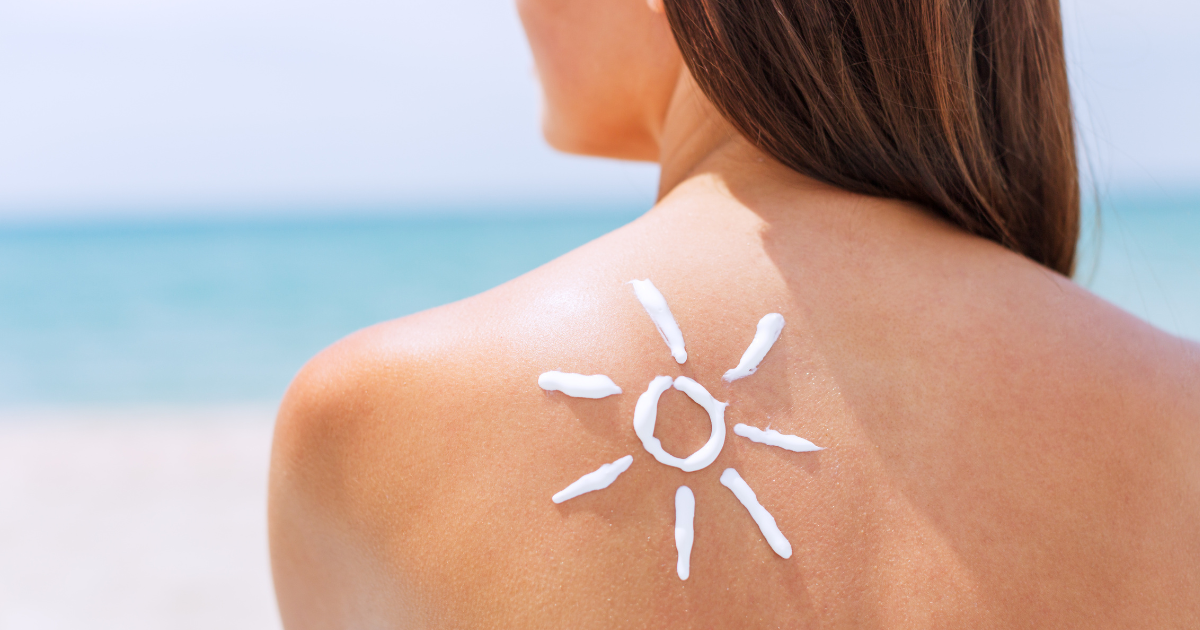May marks skin cancer awareness month; an opportunity to learn about America’s most common cancer and the ways to prevent it.
Spring is in full bloom and the warm weather is beckoning. If you’re tempted to bask in those rays to get that golden tan just in time for summer, we strongly advise you to do so safely. The sun can damage unprotected skin in as little as 15 minutes, which suggests that you could be at risk on a daily basis (unless you’re living under a rock).
What Are the Causes of Skin Cancer
With over 5 million cases of skin cancer diagnosed in the United States each year, it’s clear that many of us are spending too much time tanning ourselves. Excessive exposure to ultraviolet (UV) radiation can lead to abnormal growth of cells, even in areas of the skin that are covered. There are 3 major types of skin cancer:
Basal Cell Carcinoma
Often found on the face, ears, neck, scalp, shoulders, and back, these abnormal growths arise in the basal cells in the epidermis. They are caused by a combination of intense short-term and cumulative long-term UV exposure.
Squamous Cell Carcinoma
Often found on the face, ears, neck, scalp, and hands, these are abnormal growths that arise from the squamous cells in the epidermis. They commonly appear as wrinkles and age spots as a result of cumulative, long-term exposure to UV radiation.
Melanoma
The most dangerous form of skin cancer, melanoma develops within the skin cells that produce melanin pigment and often resemble or become part of moles. They are triggered by the intense, intermittent sun exposure that causes sunburn.
How to Prevent Skin Cancer
While a deeper awareness of the disease may have you hiding away from this blazing fireball, it doesn’t mean that you should avoid it altogether. In fact, more than 42% of Americans are deficient in vitamin D and doctors are unofficially prescribing sunshine as a treatment! Wondering how you can find a balance? Here are our top tips to make the most of this natural element without compromising your skin health:
Limit Your Exposure
Experts indicate that we only require around 9 minutes of daily sun exposure to get a sufficient dose of vitamin D. Staying out of the sun at its strongest (usually between 10 am and 4 pm in North America) helps you avoid the sunburn that causes skin damage.
Stay in the Shade or Cover Up With Clothing
There’s no better feeling than lounging on a breezy porch on a sunny day. Not only does the shade give you a break from the heat but it also helps protect your skin from harmful rays. Wearing dark, tightly-woven clothing also offers maximum protection — and don’t forget sunglasses that block both UVA and UVB rays.
Slap on the Sunscreen
…every day and all year round! Even if you are shielded from the sun beneath an umbrella, that’s not quite enough. UV rays bounce off reflective surfaces to hit you from different angles, so it is vital to wear sunscreen as an extra protective layer. A sunscreen with hyaluronic acid also helps keep your skin hydrated and your complexion youthful and glowing — bonus!
Scan Your Skin For Signs
All you need is your eyes and a mirror to spot the early signs of skin cancer and dramatically increase your chances of a full recovery. Look over your body for new spots, moles, or bumps, and alert your doctor immediately if you discover something suspicious. You can learn how to do a full, skin self-exam by checking out the American Cancer Society.




